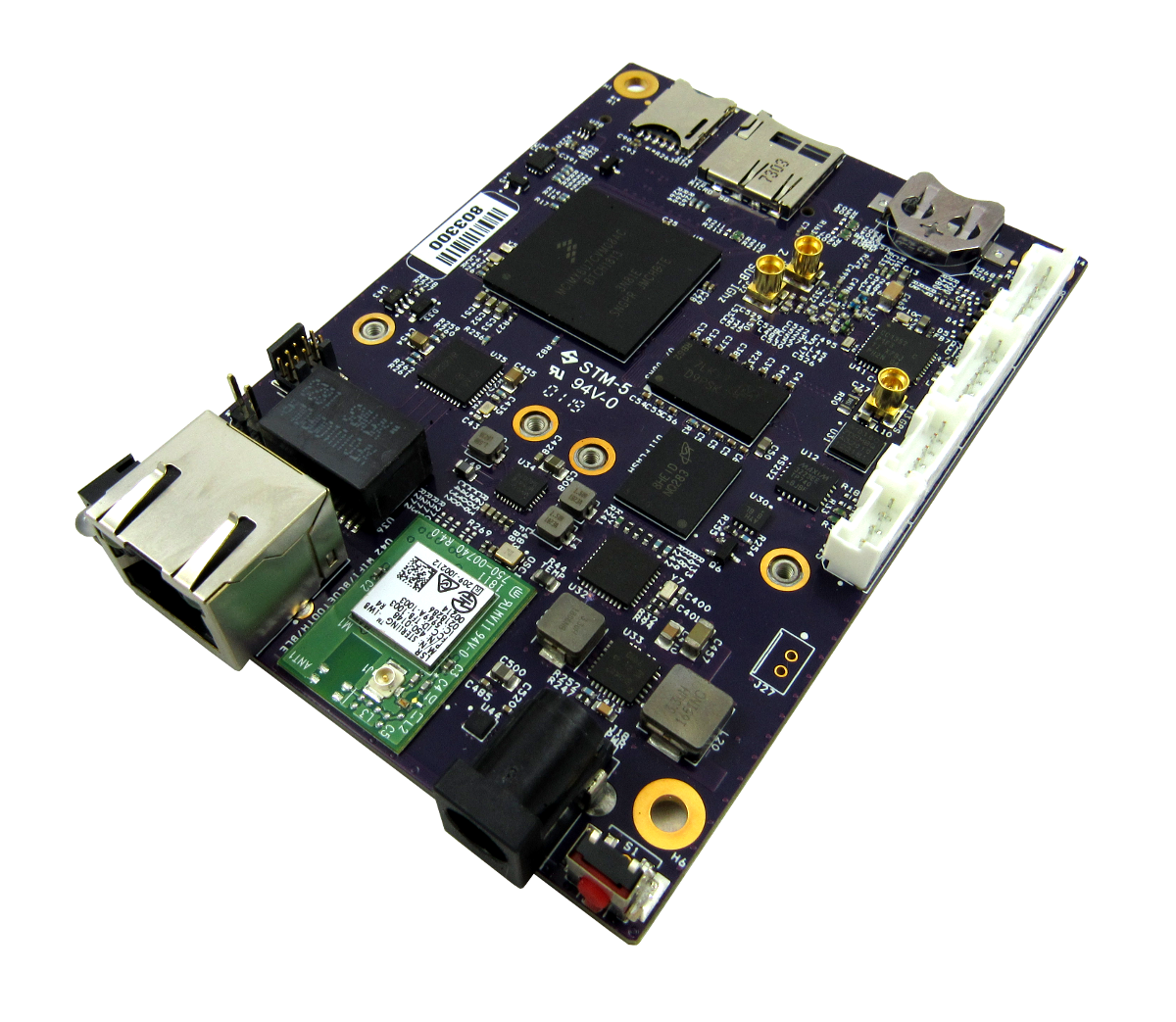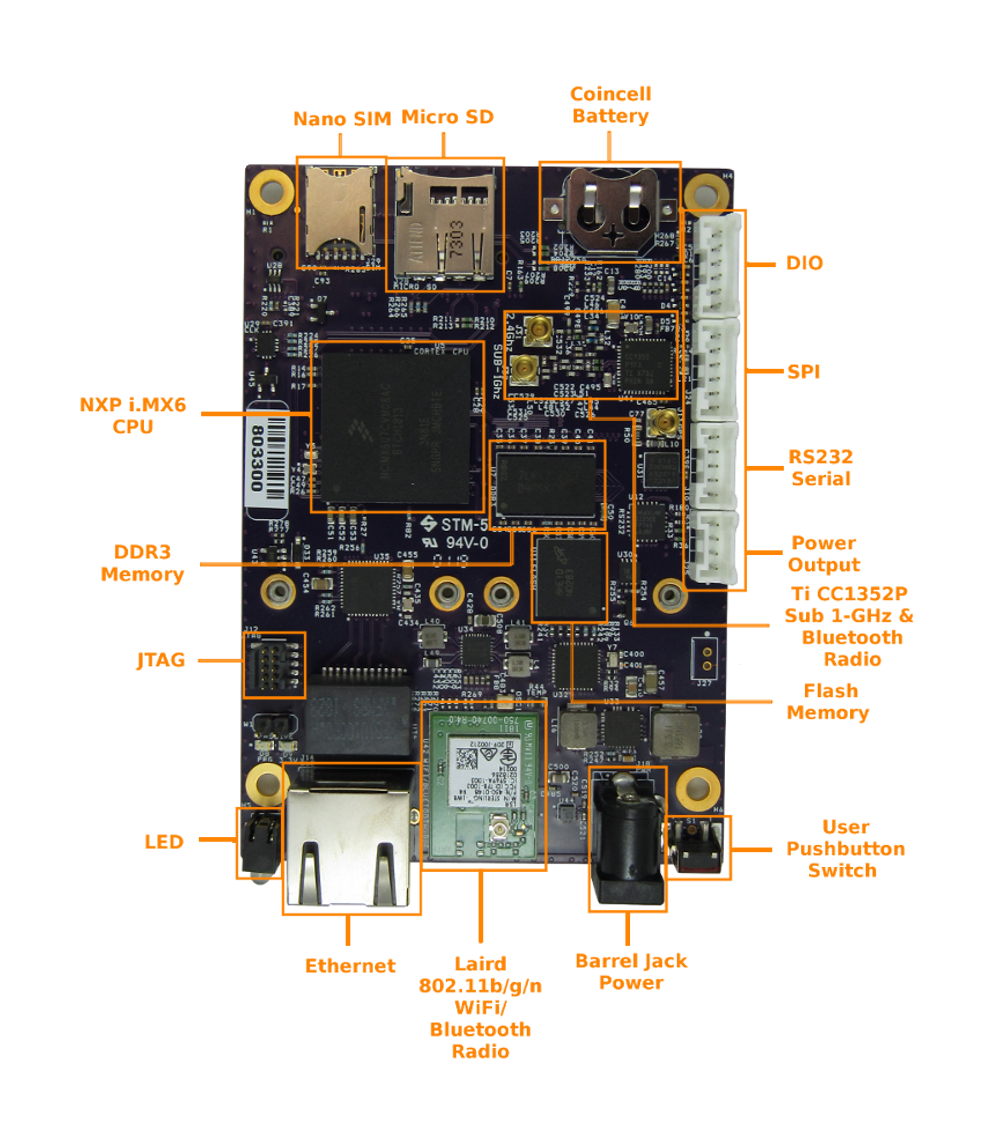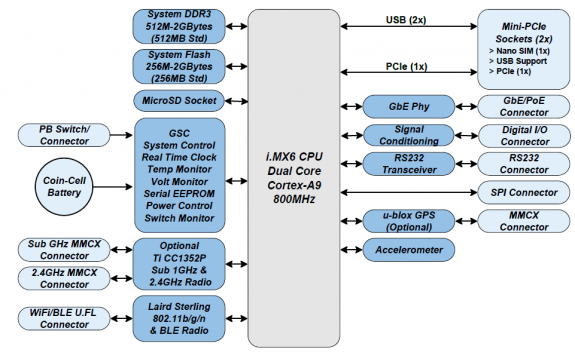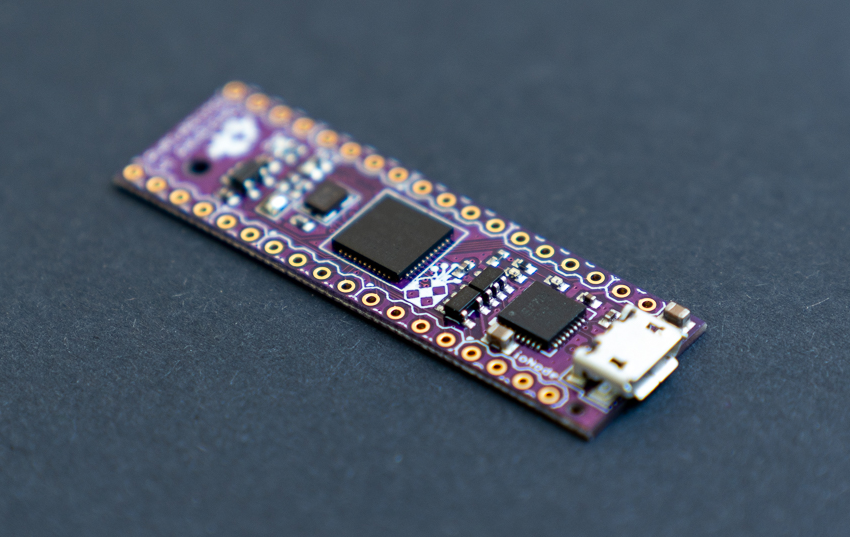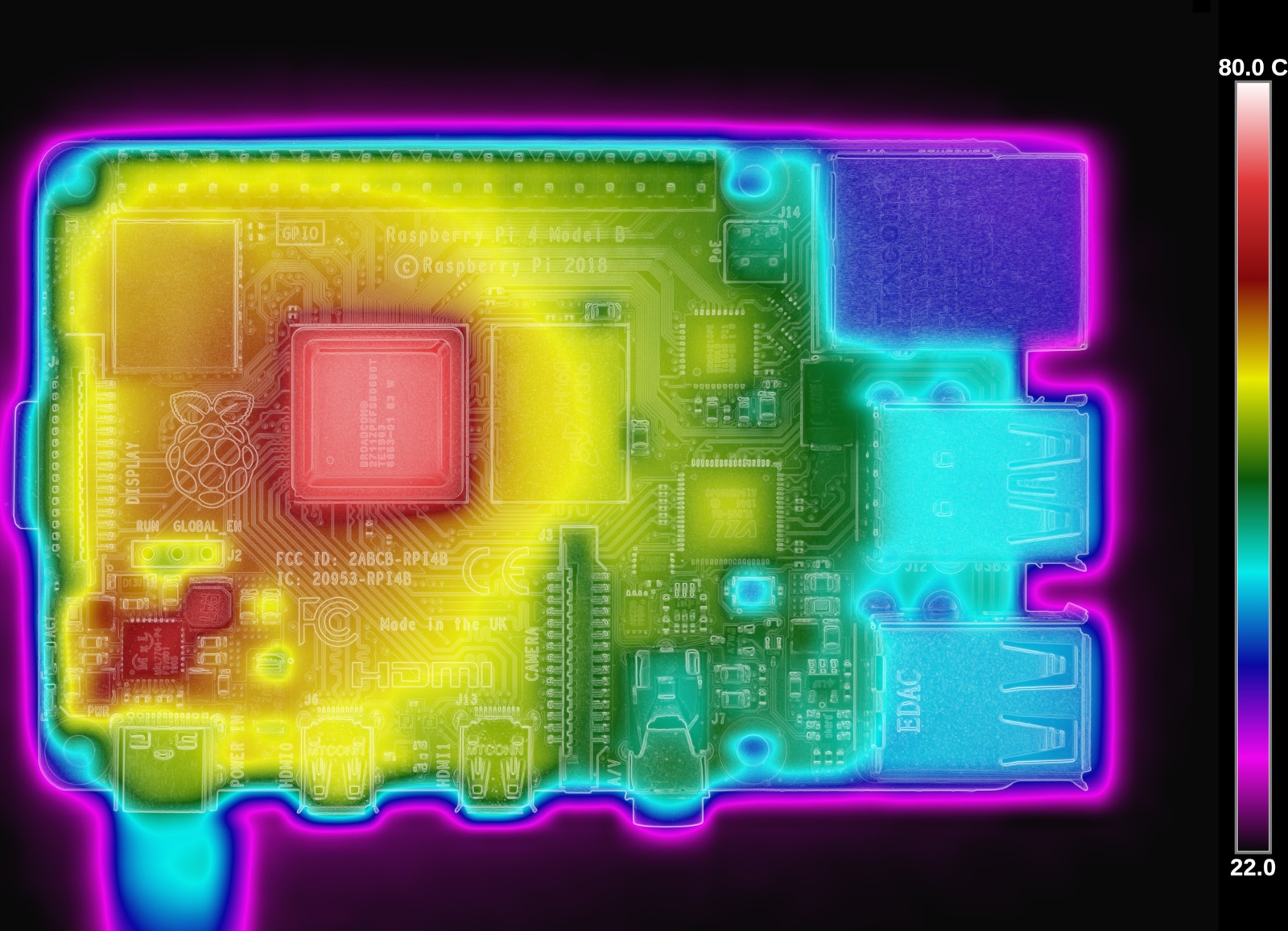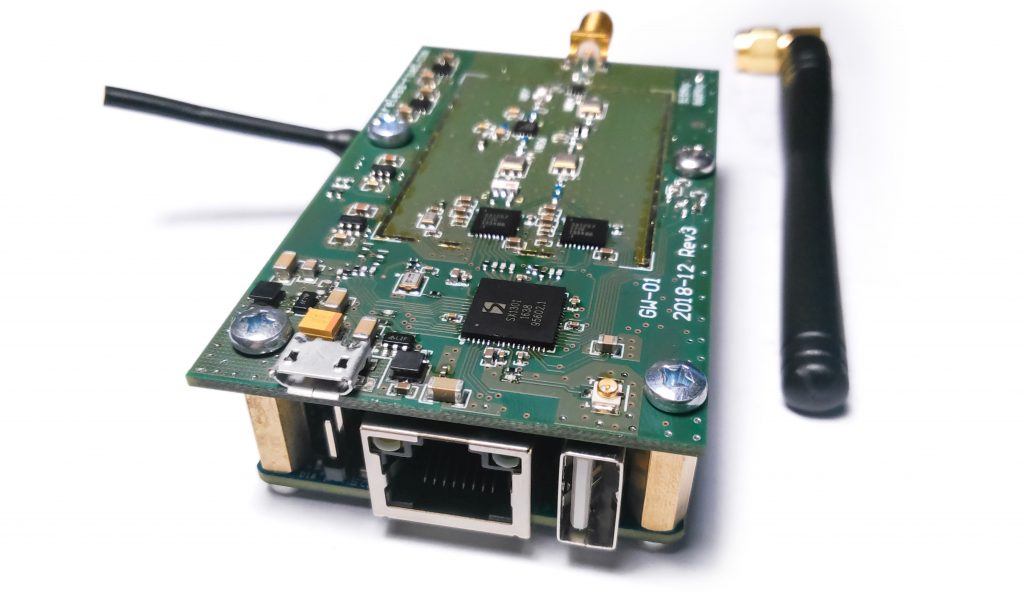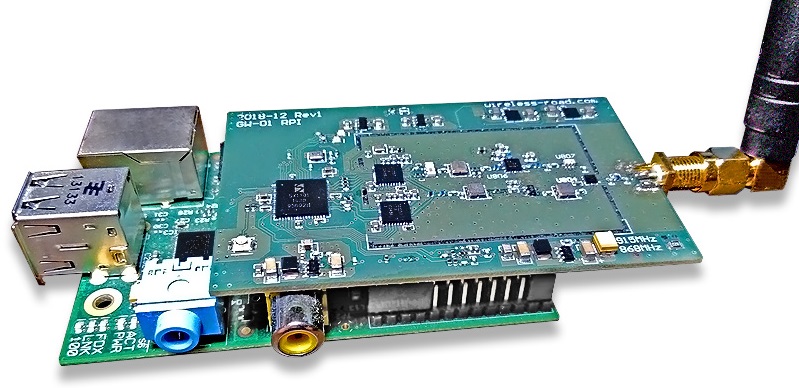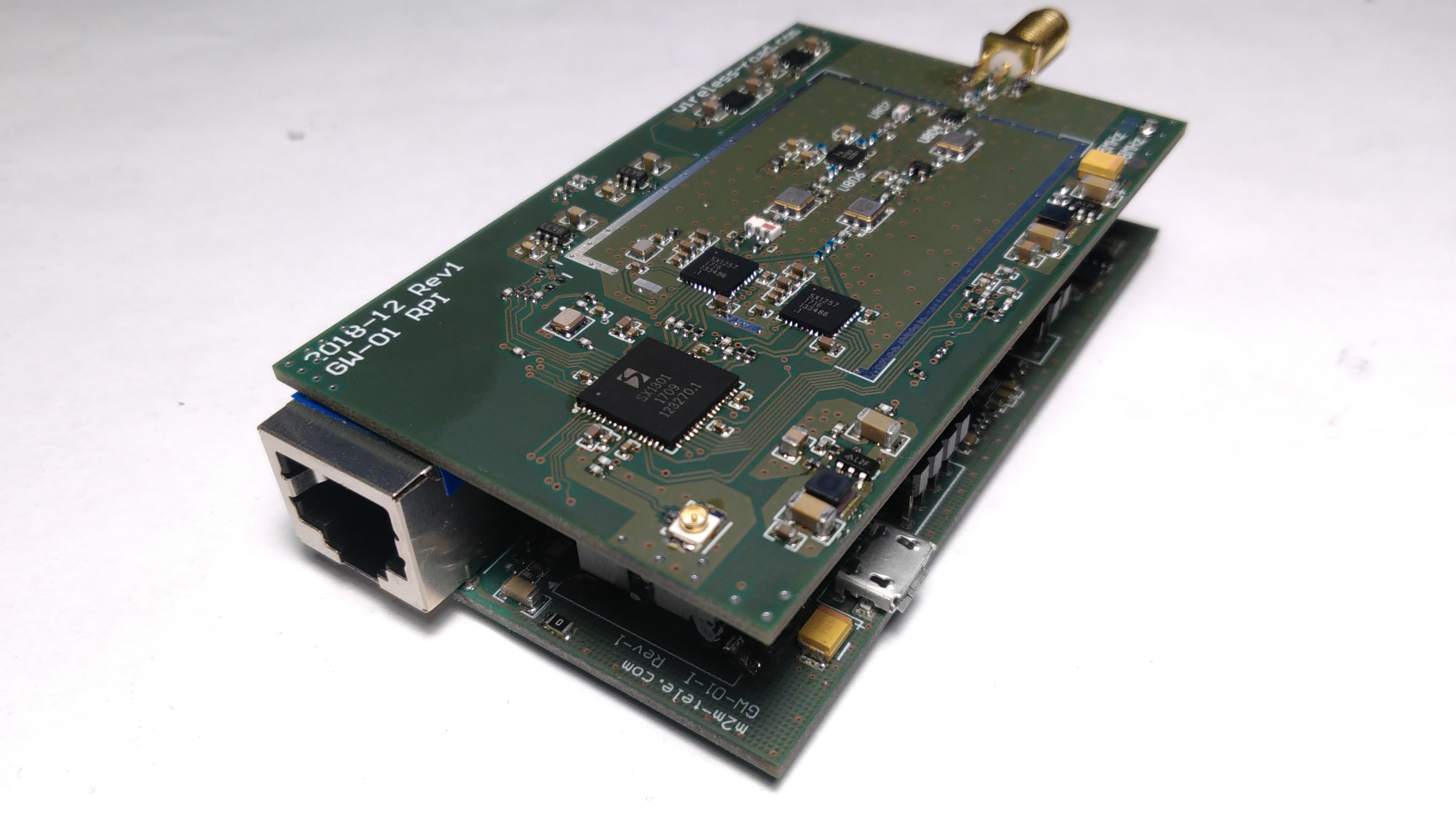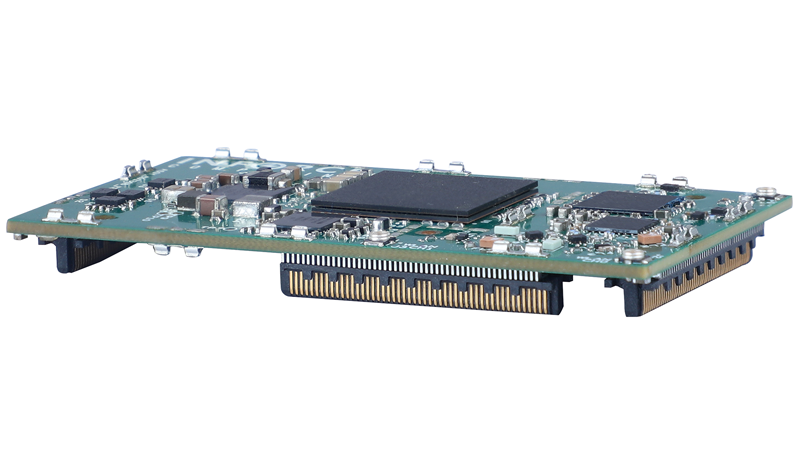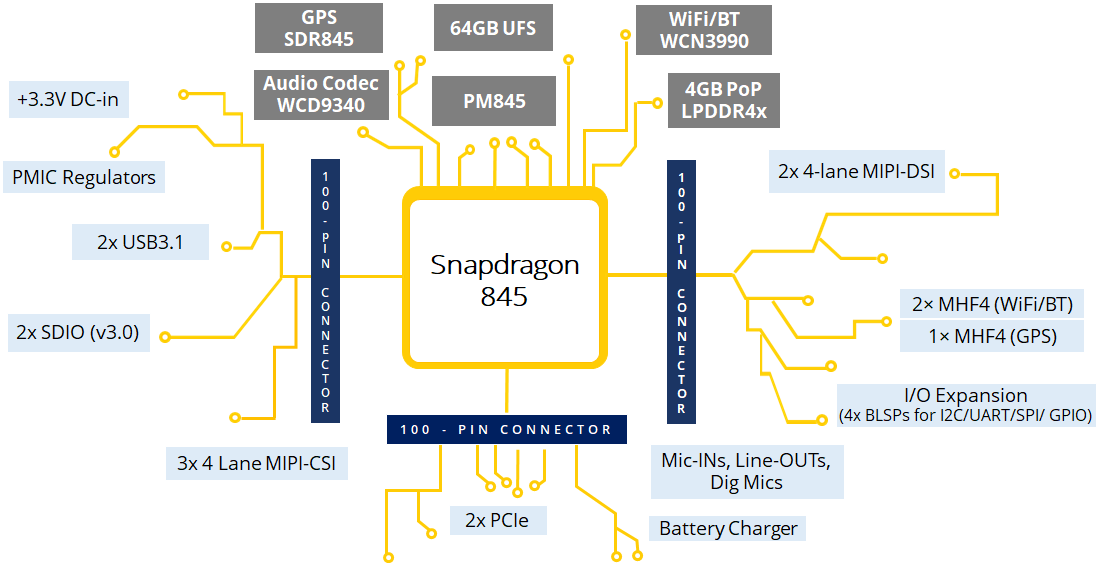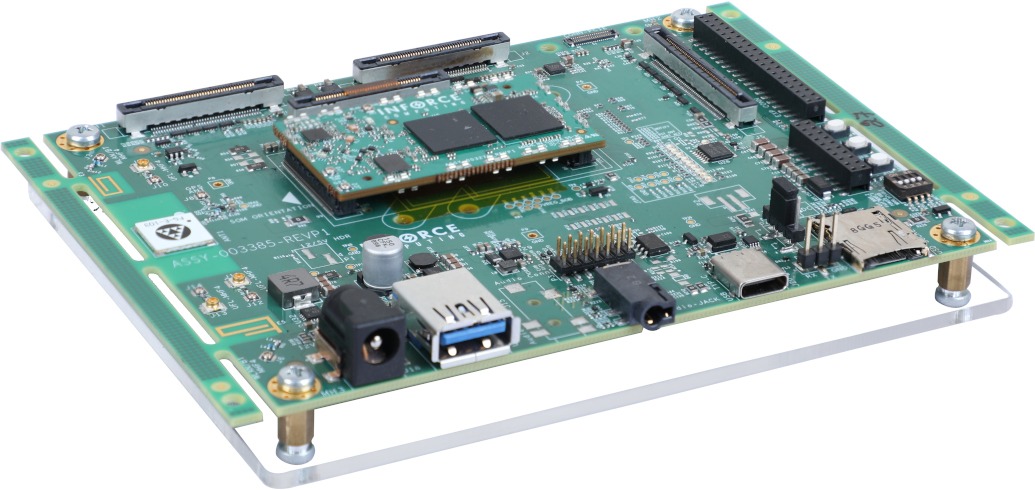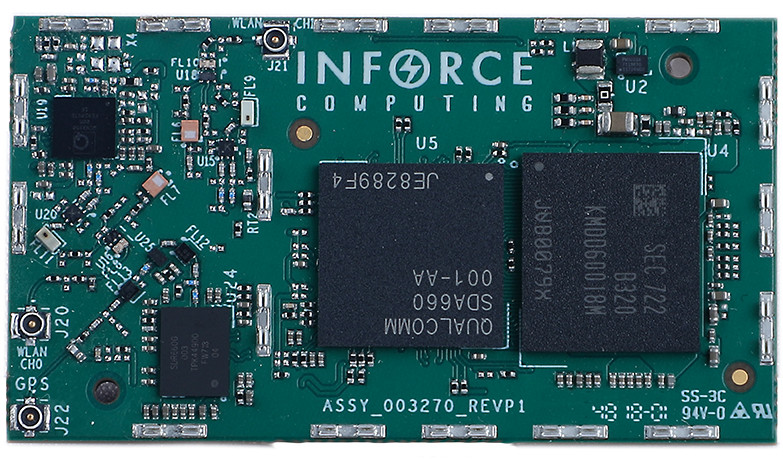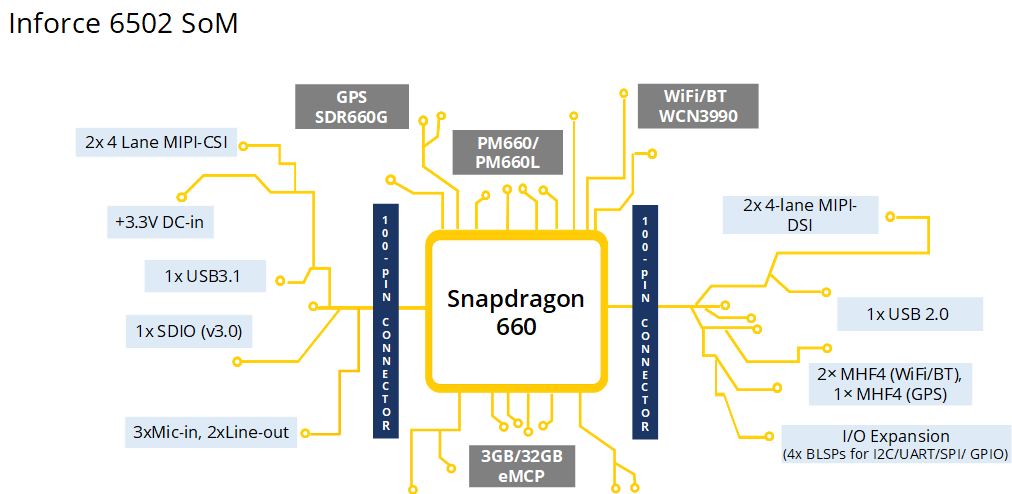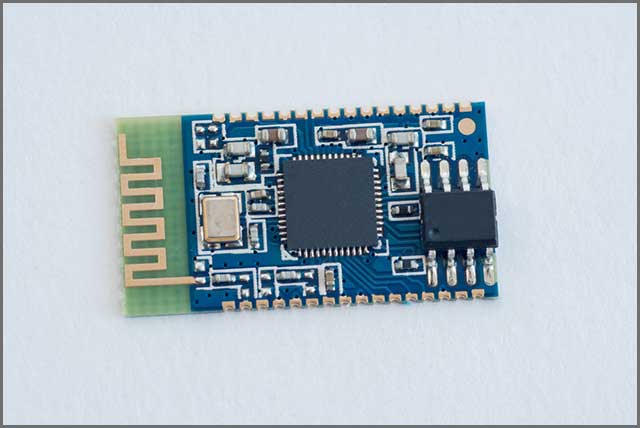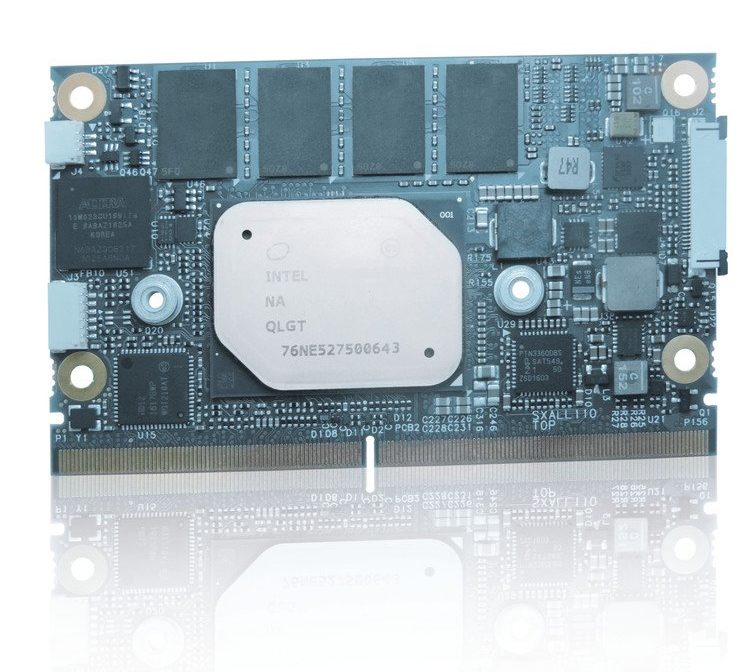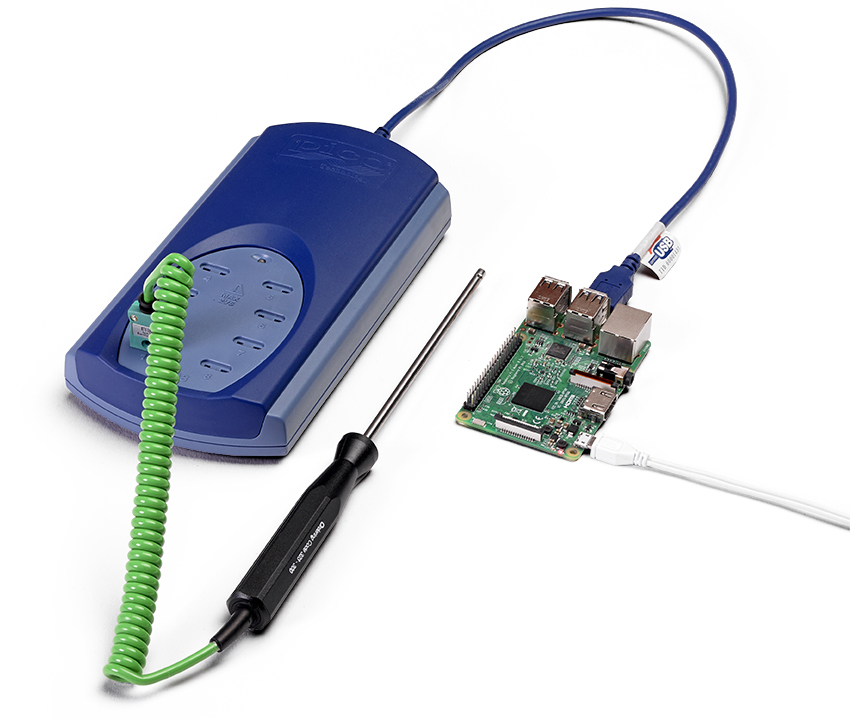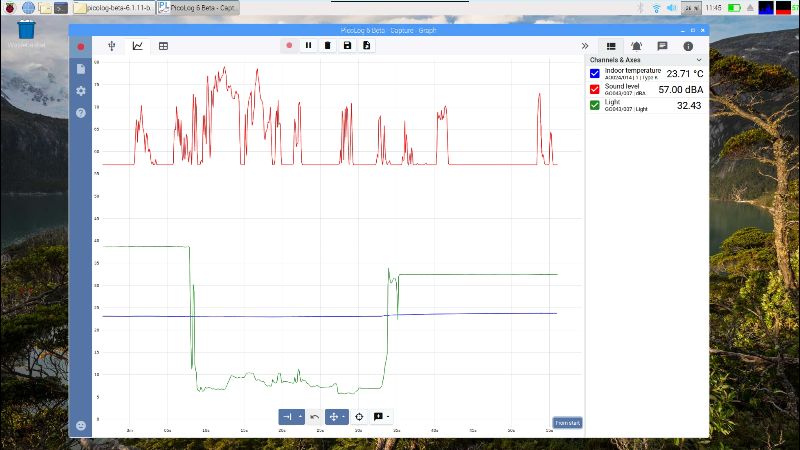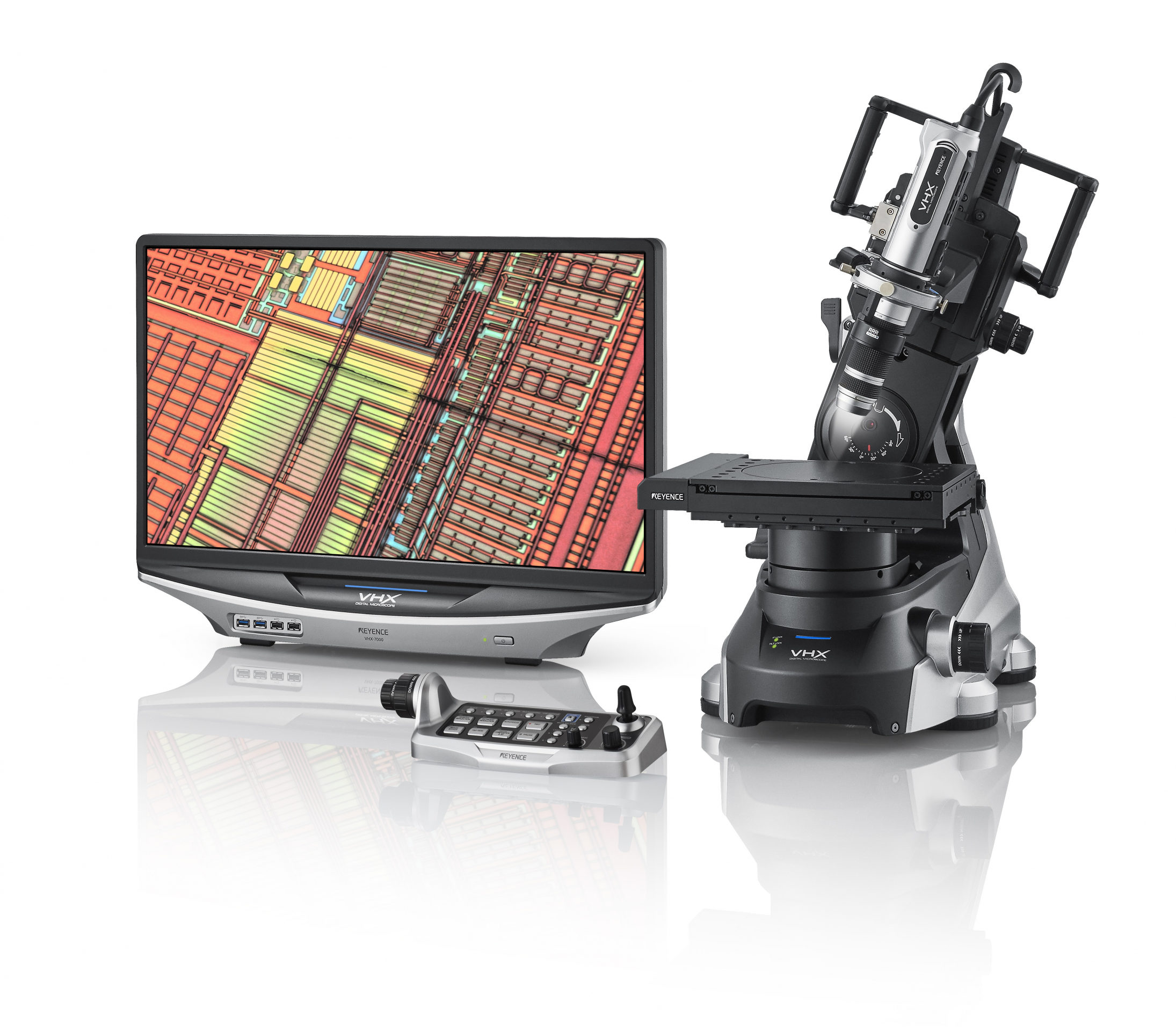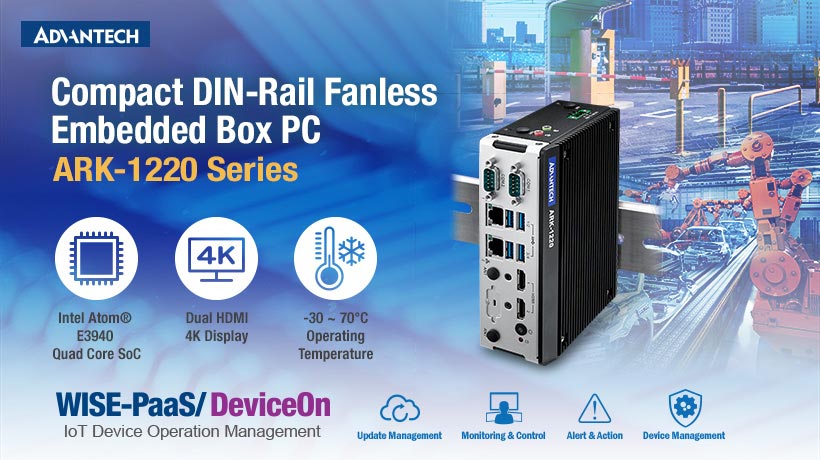The GW5910 is a member of the Gateworks Ventana family of single board computers and is targeted for low cost, high performance Internet of Things (IoT) Gateway Appliances. The GW5910 features the NXP i.MX6 Dual Core ARM® Cortex™-A9 SoC processor operating at 800MHz, 512MB of DDR DRAM and 256MB of System Flash. Two Mini-PCIe sockets provide expansion for various off the shelf Mini-PCIe peripherals such as LTE/CATM1 cellular modems, satellite modems and other industrial I/O interfaces. One Mini-PCIe socket supports both PCIe and USB signaling and the other socket supports USB signaling with a Nano-SIM socket mapped to it for cellular modem support. The board also features the Gateworks System Controller (GSC) which provides embedded features such as a real time clock, voltage and temperature monitor, serial EEPROM, programmable pushbutton switch, tamper switch, full power on/off watchdog and advanced power management with programmable board shut-down and wake-up for remote sensing applications. The GW5910 features an onboard Laird Sterling 802.11b/g/n WiFi/Bluetooth module and an optional Ti CC1352P Dual-Band Wireless MCU supporting Sub-1GHz and 2.4GHz RF. An optional on-board u-blox GPS module is also available. Board power can be applied through a barrel jack or over Ethernet with support for both passive and 802.3af PoE. OpenWrt and Ubuntu BSPs are supported.
Features
- Processor — NXP i.MX6 Dual (2x ARM Cortex-A9 cores @ 800MHz); Vivante GPU
- Memory/storage:
- 512MB DDR3-800 RAM (up to 2GB with volume customization)
- 256MB flash (up to 2GB with volume customization)
- MicroSD slot
- Networking:
- Gigabit Ethernet port with Passive or 802.3af (36-60VDC) PoE
- 802.11b/g/n and Bluetooth 4.2 LE (Laird Sterling) with ant. connector
- Optional Ti CC1352P module with dual-band sub-1GHz (+20dBm TX Power) and 2.4GHz RF, supporting 802.15.4g protocols like 6LoWPAN, Thread, Zigbee, Wi-Sun, BLE 5
- Optional u-blox ZOE-M8 GNSS Receiver with GPS/Galileo/GLONASS/BeiDou (72-ch., -167dBm)
- Other I/O:
- 2x serial interfaces
- DIO and SPI connectors
- JTAG interface
- Expansion:
- 2x mini-PCIe Gen 2 slots (1x with PCIe/USB 2.0 and mSATA, 1x USB 2.0) with 16W power
- Nano-SIM slot with LTE and CATM1 support
- Other features:
- 3-axis accelerometer/magnetometer
- Gateworks System Controller with watchdog, etc.
- RTC with coin cell battery holder
- Optional dev kit with PoE injector, power adapter, JTAG-USB programmer, pre-loaded BSP, and Ventana Wire Terminal Breakout Adapter
- Power — 8-60VDC; 3W (0.125A@24VDC) typical consumption; reverse voltage and transient protection
- Operating temperature — -40 to 85°C; humidity resistance (20% to 90% non-condensing)
- Dimensions — 100 x 70 x 21mm
- Operating system — OpenWrt and Ubuntu BSPs with U-boot
Further information
The Ventana GW5910 appears to be available now at an undisclosed price. More information may be found on Gateworks’ Ventana GW5910 product page.


